In the World Barista Championship (WBC) in 2015, the competitor from Australia, Sasa Sestic, won the championship of that year with a Sudan Rume coffee that carried a gentle flower fragrance, the sweet and fresh juice, and the lemon grass aroma, successfully bringing this variety with extremely low output and popularity into the public view.
I believe many friends are just like Qianjie, and can get some clues roughly from the name of this variety. Just as its name suggests, Sudan Rume was originally a native coffee variety that grew on the African continent, specifically in the Rume Valley in the southeast of Sudan, close to the western border of Ethiopia on the Boma Plateau, that is, in the Boma National Park in South Sudan today.
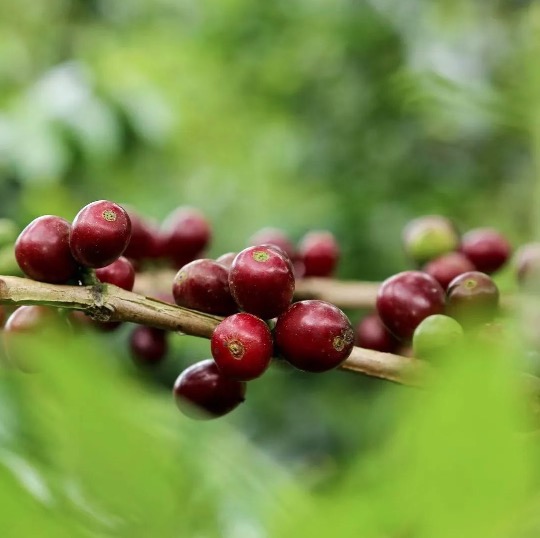
Before the 1940s, Sudan Rume was still an unnamed natural wild variety, growing in the African tropical forest on the border between the west of Ethiopia and the east of South Sudan. With bronze-colored leaves as its main feature. By 1942, this wild variety was discovered and was recorded under the code “RS-510”, which can be understood as the wild coffee variety number for hybrid experiments. In the more than 50 years after that, Sudan Rume has always served as the male parent in coffee hybrid experiments and is also known as the best-use Arabica source.
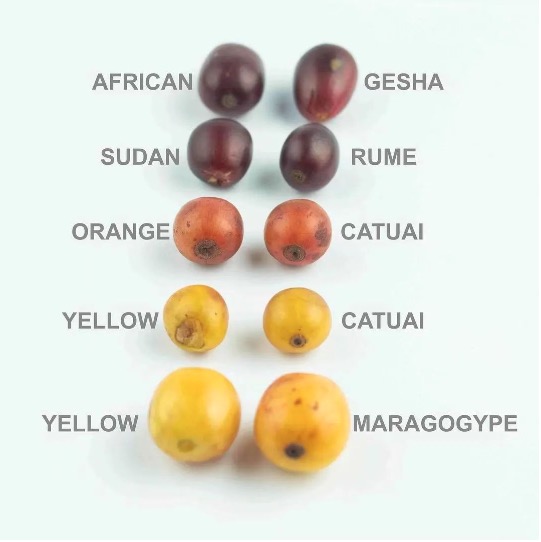
Qianjie looked through the materials and learned that the coffee tree of Sudan Rume is tall and needs to be frequently pruned to maintain a height that is convenient for picking. It also requires a large amount of phosphate fertilizer, and the management cost is relatively high. Its branch spacing and branch bud spacing are moderate, and the coffee cherries will be scattered throughout the whole branch, and the resulting fruits are medium to long, and the bean size is not uniform, but the overall will not be as small as Ethiopian beans. Like Geisha, the yield of Sudan Rume is very low, so it is difficult to achieve large-scale commercial planting, and the ones that can be seen on the market mainly come from a very small quantity batch of individual coffee farms in Central and South America.
Qianjie once got a Sudan Rume coffee from the Coffea diversa Garden in Costa Rica, which adopts the traditional water washing processing method. When brewing, it shows a bright acidity like lemon, plum, and green apple, and the entrance has a very obvious juice feeling. The tail rhyme is mixed with a slight oolong tea feeling and sugar cane sweet return, and the taste is rich and clean.
Due to its excellent flavor performance and having certain disease-resistant genes, especially for coffee berry disease (CBD), it is more likely to be used as a breeding variety than to be produced separately. Researchers mix the Sudan Rume with excellent bloodlines with other varieties for hybrid crossing, and usually can obtain new varieties with good flavor, strong disease resistance, and better yield. Many well-known modern varieties, such as Castillo, the proud work of the National Coffee Research Center of Colombia, and SL28, the representative of high-quality varieties in Kenya, are obtained in this way.

In recent years, with the continuous improvement of the refinement level of coffee planting, not only more and more coffee farmers have begun to grow Sudan Rume, but they also have new discoveries about this rare variety in the process of cultivating and planting. A Sudan Rume coffee tree at its mature stage actually produced rare yellow fruits just like Bourbon. Perhaps in the near future, yellow fruit Sudan Rume will appear on the market.
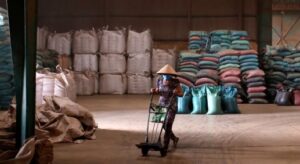
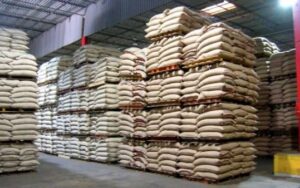


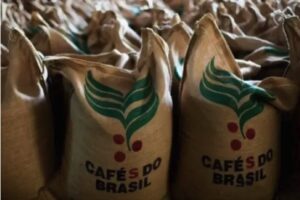
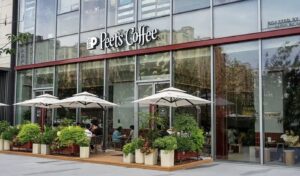
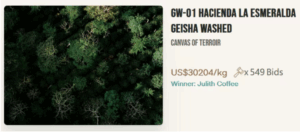
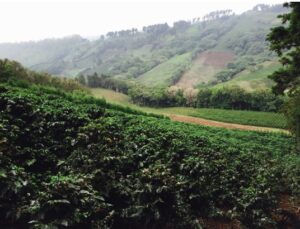

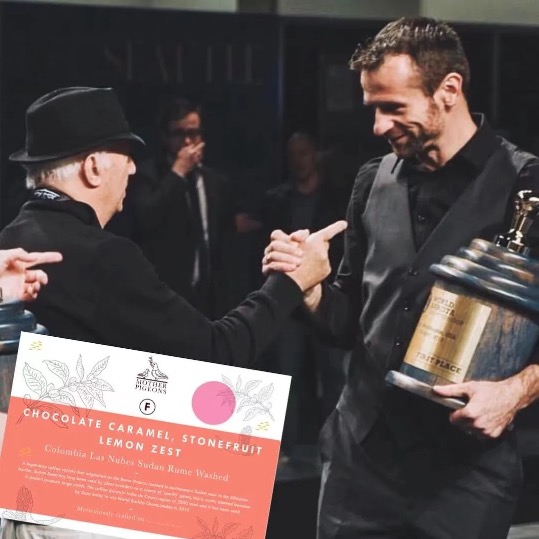
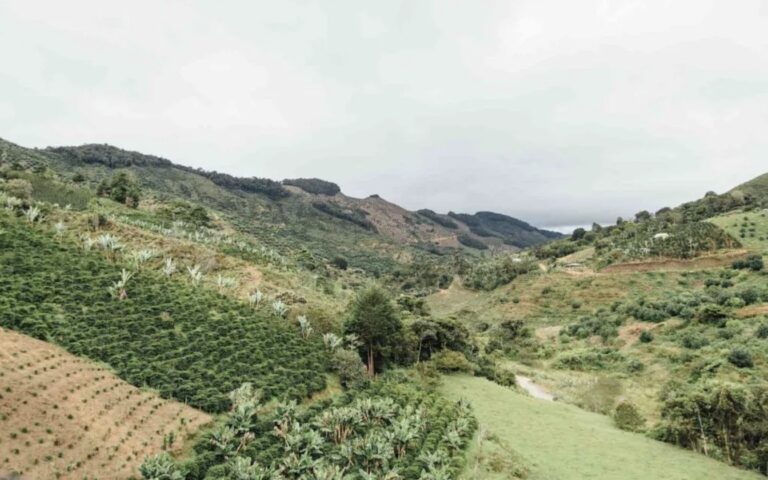

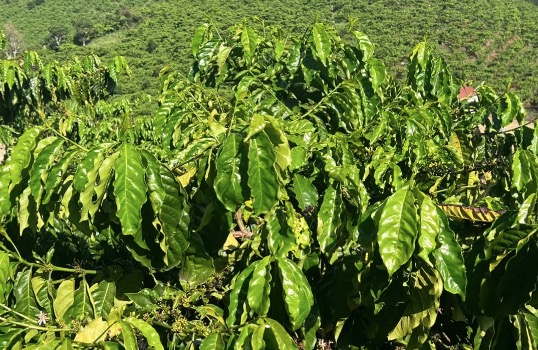
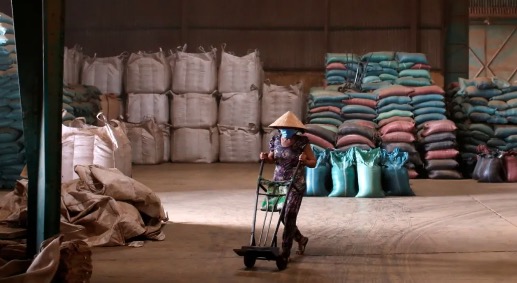
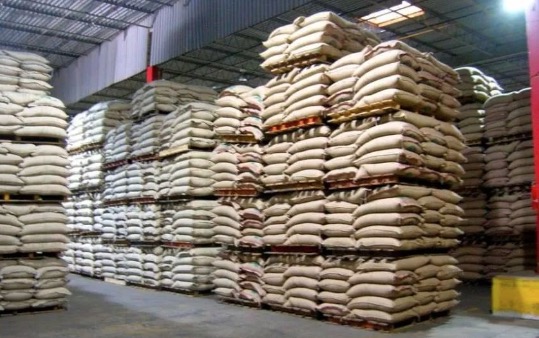

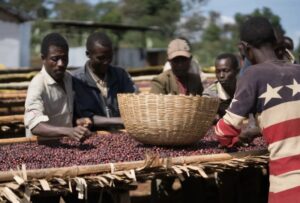
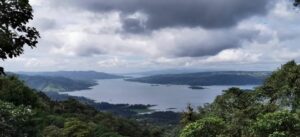

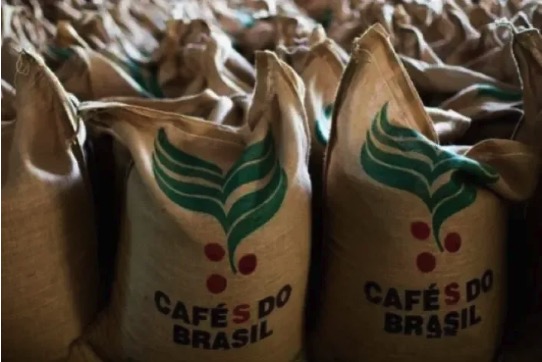

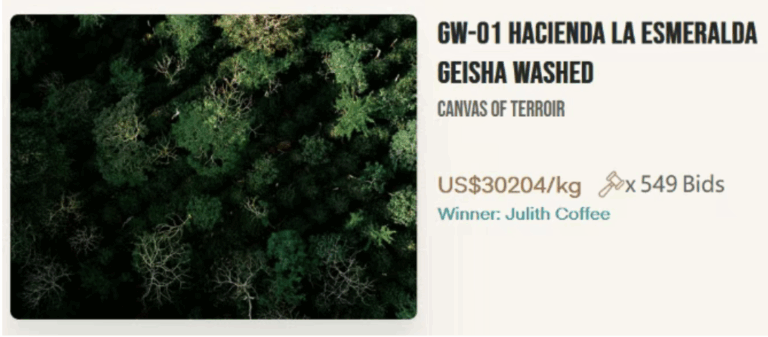
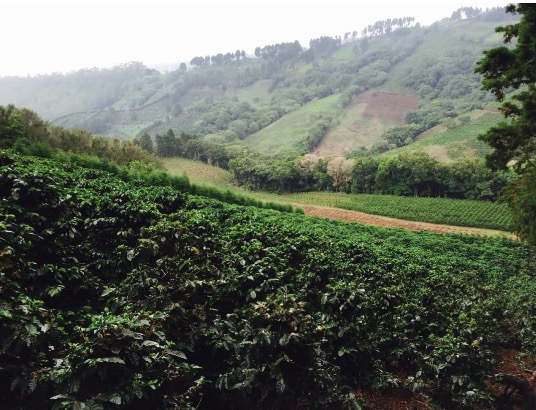
+ There are no comments
Add yours